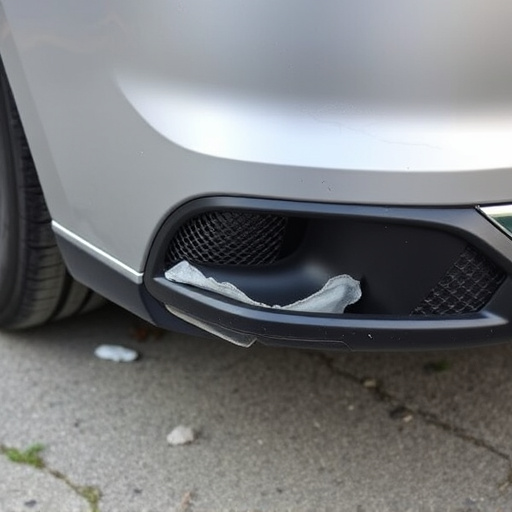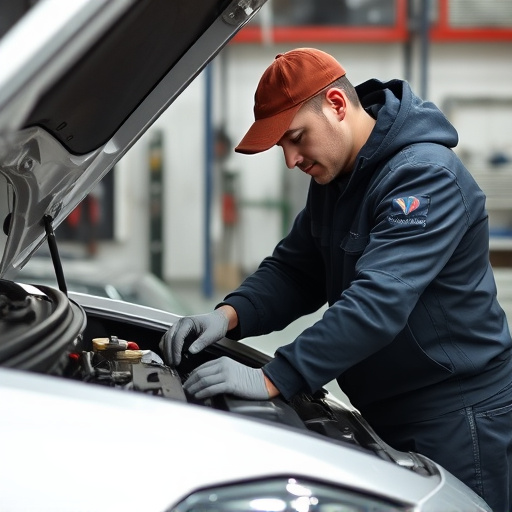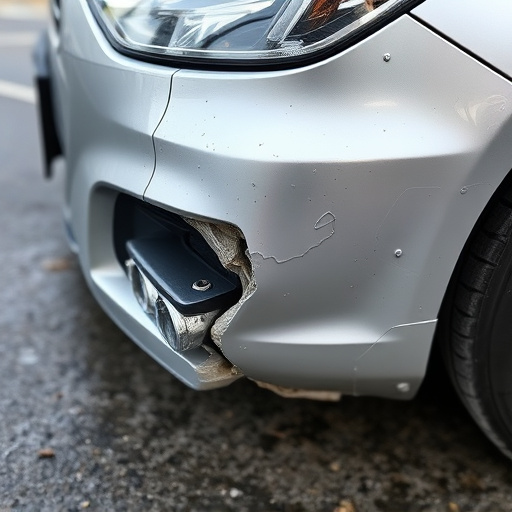East End Collision Center: Industry Leader in Unmatched Repairs

East End Collision Center excels in automotive collision repair with skilled technicians using cutti…….
Welcome to an extensive exploration of the multifaceted concept known as the “East End Collision Center.” This article aims to unravel the intricacies of this urban planning and transportation model, offering insights into its global impact, economic implications, technological innovations, and future prospects. By delving into these aspects, we will uncover how East End Collision Centers shape our cities, influence mobility patterns, and contribute to sustainable development.
Definition: An East End Collision Center (EECC) refers to a designated urban area or node designed to manage and optimize traffic flow, particularly at busy intersections or corridors. It involves the strategic placement of transportation infrastructure, signage, signalization, and often incorporates advanced technologies to reduce congestion, enhance safety, and improve overall mobility experiences for residents and visitors.
Core Components:
Historical Context: The concept of collision centers has evolved over time, driven by increasing urban population density and the need to address traffic congestion. Traditional transportation planning focused on building more roads to accommodate growing vehicle volumes. However, this approach led to significant traffic jams and environmental concerns. As a result, urban planners started exploring intelligent transport systems (ITS) and traffic management strategies that could optimize existing infrastructure. The term “East End Collision Center” emerged as cities sought to transform busy urban areas into well-managed transportation hubs, ensuring efficient and safe movement of people and goods.
The East End Collision Center concept has garnered international attention due to its potential to revolutionize urban mobility. Several global trends shape the development and adoption of EECCs:
The implementation of East End Collision Centers has significant economic implications:
EECCs play a vital role in strengthening urban economies:
Case Study 1: Singapore’s Smart Nation Initiative
Singapore has embraced the concept of an East End Collision Center as part of its Smart Nation vision. The city-state implemented a comprehensive traffic management system, including adaptive traffic signals, dynamic pricing for parking, and real-time traffic updates via mobile apps. These measures have significantly reduced congestion, improved travel times, and lowered carbon emissions. Singapore’s success lies in its data-driven approach, leveraging advanced analytics to optimize collision center operations.
Case Study 2: Copenhagen’s Cycling Revolution
Copenhagen, Denmark, is renowned for its cycling-friendly infrastructure and East End Collision Center strategies. The city has invested heavily in bike lanes, bike-sharing systems, and traffic signal priorities for cyclists. These measures have led to a dramatic increase in cycling rates, reducing traffic congestion and air pollution. Copenhagen’s success demonstrates how EECCs can foster active transportation modes, creating healthier and more sustainable urban environments.
Case Study 3: Tokyo’s Efficient Public Transport
Tokyo, Japan, boasts one of the world’s most efficient public transportation networks, integrated seamlessly with its collision center strategies. The city utilizes advanced traffic signal controls and real-time monitoring to manage high-congestion areas, ensuring minimal delays for commuters. Tokyo’s success story highlights the importance of combining efficient public transport with well-managed collision centers to achieve seamless urban mobility.
The East End Collision Center concept represents a sophisticated approach to managing urban mobility, balancing the needs of residents, businesses, and the environment. By integrating advanced technologies, smart city initiatives, and sustainable transportation options, EECCs have the potential to transform busy urban areas into efficient, safe, and vibrant hubs of activity. As cities continue to grow and embrace digital transformation, East End Collision Centers will play a pivotal role in shaping the mobility experiences of tomorrow, ensuring that urban areas remain dynamic, accessible, and livable for all.
Q1: How do East End Collision Centers impact local businesses?
A1: EECCs can significantly benefit local businesses by reducing traffic congestion, minimizing delivery delays, and enhancing overall accessibility. Efficient collision centers attract customers, increase foot traffic, and contribute to the economic growth of surrounding business districts.
Q2: What role does technology play in modern East End Collision Centers?
A2: Technology is a cornerstone of EECCs, enabling real-time data collection, advanced signal controls, and efficient incident management. IoT devices, sensors, cameras, and analytics software are used to optimize traffic flow and enhance collision center decision-making.
Q3: How can public resistance be addressed during EECC implementation?
A3: Effective community engagement is crucial to gaining public support. Cities should hold public forums, consult with local stakeholders, and educate residents about the benefits of EECCs, addressing concerns and incorporating feedback into project plans.
Q4: Are East End Collision Centers cost-effective solutions for traffic management?
A4: While initial implementation costs can be high, EECCs offer long-term benefits by reducing congestion, minimizing environmental impacts, and lowering operational expenses associated with traffic management. Successful projects demonstrate significant returns on investment over time.
Q5: How do East End Collision Centers contribute to sustainable urban development?
A5: EECCs promote sustainability by encouraging the use of active transportation modes (walking, cycling), reducing vehicle emissions, and supporting the adoption of electric vehicles. They also facilitate efficient land use planning, preserving green spaces while accommodating urban growth.

East End Collision Center excels in automotive collision repair with skilled technicians using cutti…….

East End Collision Center offers a full range of automotive services, from minor repairs to extensiv…….

East End Collision Centers offer essential services for various vehicle issues, from cosmetic damage…….

The East End Collision Center, with over a decade of experience, is renowned for exceptional dent an…….

The East End Collision Center offers specialized vehicle restoration and fleet repair services with…….

East End Collision Center offers comprehensive vehicle repair services with expert bodywork and auto…….

The East End Collision Center modernizes collision repair with digital estimates, quick turnaround t…….

The East End Collision Center (EECC) maintains rigorous quality standards and continuous training fo…….

The East End Collision Center excels in automotive repairs with skilled technicians, advanced techno…….

The East End Collision Center provides personalized, compassionate vehicle repair services, prioriti…….